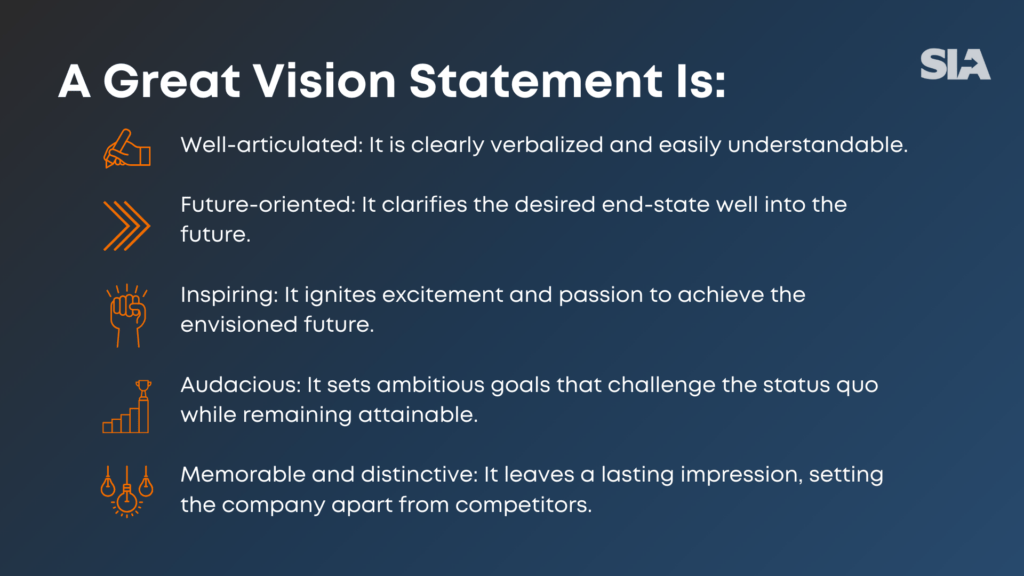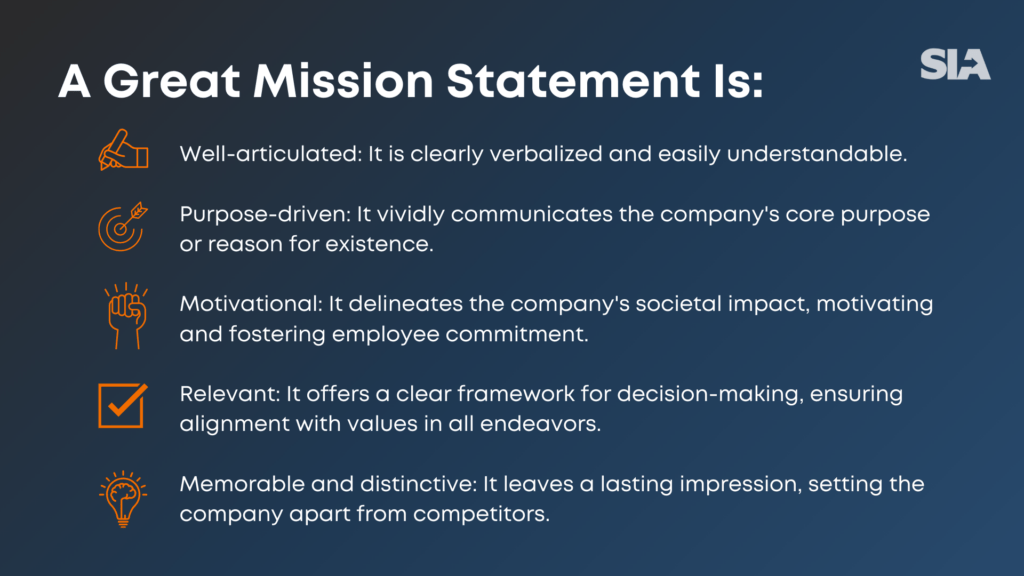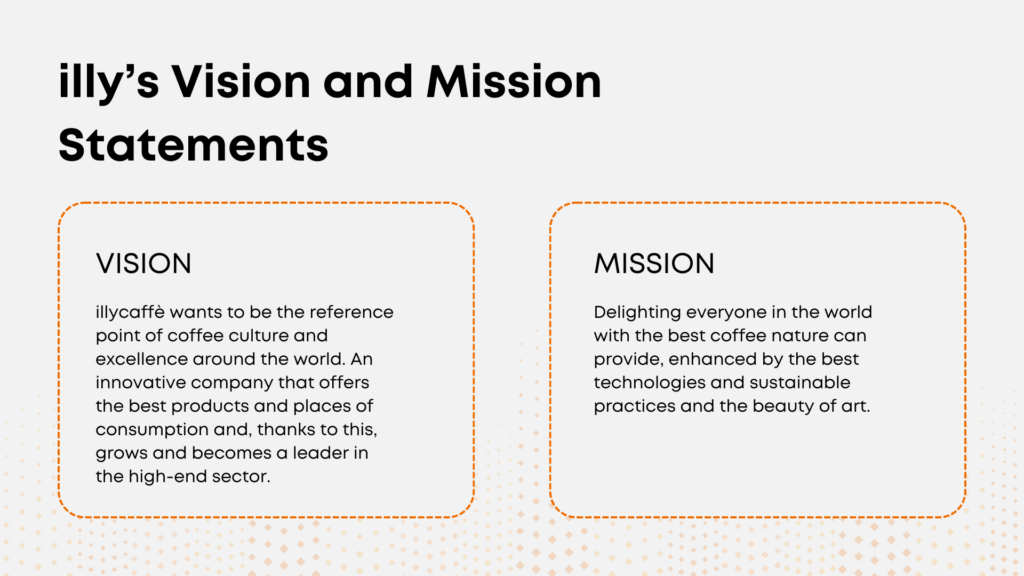
In our fast-paced world, the business landscape undergoes such rapid transformations that many business leaders question the necessity of having a vision statement. They may ask themselves: “Why do I need a vision statement when, by the time it’s formulated, internal and external factors may render it outdated?”
Consider this scenario: If you invite eight people to a restaurant in London without specifying the time and place, what is the likelihood that you will all meet? With approximately 10,000 full-service restaurants in London,[i] the probability of all eight people randomly selecting the same restaurant at the same time is practically zero.
Similarly, how can a group of people working in the same company be expected to achieve anything together if they don’t have a clear destination in mind? Since strategy is a matter of choices , the initial decision business leaders must make in their strategy formulation journey concerns the destination of the company. In other words, their primary choice lies in defining a vision statement.
A vision statement is a vivid depiction of how a company will appear in the future if its strategy proves successful. It’s useful to recall the etymology of the word “vision,” derived from the Latin word “vidēre,” meaning “to see.”[ii] If you were to look at your company 10 or more years from now, what would you see? How would the company look?
By establishing a clear picture of how the company should appear in the future, the vision statement serves as a North star, an illuminating beacon that guides the organization towards its intended destination. For example, in defining the group strategy, global fashion and lifestyle company Hugo Boss defined its vision statement as to “become the leading premium tech-driven fashion platform worldwide.”[iii]
A compelling vision has the power to foster alignment among employees, enabling them to proactively anticipate emerging trends, embrace change, and seize new opportunities within the competitive business environment, all in pursuit of achieving that shared vision.
It’s crucial to emphasize that while a vision statement should be vivid and inspiring, it must also be achievable. The company should reach a point where it can confidently declare that it has realized its vision. At this juncture, it may be prudent to craft a new vision statement to sustain its continued growth.
The vision statement is often confused with the mission statement and perplexity frequently arises regarding the distinction between vision and mission statements. Let us explore the role and significance of the mission statement.
A mission statement articulates the core purpose of a company, its raison d’être. It clarifies why the organization exists and, paired with the vision statement, it explains its core ideology. The core ideology represents its “enduring character”—”a consistent identity that transcends product or market life cycles, technological breakthroughs, management fads, and individual leaders.”[iv] Therefore, a crucial distinction from the vision statement lies in the fact that the mission should already be tangible and apparent in the company’s present operations.
A thoughtfully crafted mission statement offers employees a deep sense of purpose and identity, nurturing a collective ethos marked by dedication and loyalty. It provides a strategic roadmap for decision-making, guaranteeing that all endeavors are in harmony with its values. Furthermore, it inspires confidence, attracting customers, investors, and individuals who resonate with the company’s values.
One might be tempted to view a company’s purpose solely as making money. However, it’s crucial to steer clear of this perspective. While profitability is a key metric for assessing a company’s success, no organization exists solely for financial gain. Profitability should be considered as oxygen: it is essential for human survival, yet it does not define our life’s purpose.
Just as the purpose of our existence extends beyond mere breathing, a company’s purpose transcends mere monetary gains. Profit serves as a tool to sustain and facilitate the pursuit of that purpose, but it isn’t the ultimate objective. For example, Hugo Boss encapsulates its mission with the statement, “We love fashion, we change fashion.”[v]
Shared vision and mission statements form the foundation of effective business strategy, as they provide the fundamental premises on which strategic priorities are defined. Hence, every member of the company should know and be capable of articulating the company’s vision and mission statements.
Thus, the process of crafting strong vision and mission statements begins with embracing a participatory approach to strategy formulation. Indeed, among the three key reasons behind strategy execution failure is a lack of clear understanding and resistance to change. By incorporating input from a broader spectrum of employees and stakeholders, the company’s leadership team can ensure clarity in the vision and mission and readiness among all to pursue them.
First, begin by inquiring about people’s aspirations and where they envision the company in the future. This can be achieved by conducting a survey, which can be dubbed “Letter from the Future,” meant to capture their individual perspectives on how they envision the company in the future, which market spaces they think the company should operate in, and what core strategic and enabling priorities the company should pursue in the coming years.
Second, strive to envision the potential future landscape of the company by examining foresights, namely “plausible, compelling, provocative narratives and visions of multiple futures.” [vi] While not infallible prophecies, foresights offer a glimpse into potential changes that could significantly impact the company’s competitive advantage in the future.
Third, analyze the markets in which you currently operate, as well as potential markets, to gain a thorough understanding of the competitive landscape. Additionally, benchmarking against best practices can provide valuable insights and inspiration.
This process will help you formalize the vision and mission statements, ensuring they are grounded in reality rather than mere wishful thinking. You can conduct these three checks to determine if your strategy has clear vision and mission statements:
1) Are the vision and mission shared by everyone? Are the objectives ambitious yet attainable?
2) Are they future-proof, considering potential scenarios?
3) How do they compare with reference markets and competitors?


Every company possesses vision and mission statements, yet sometimes they are not openly verbalized, resulting in issues of misalignment. It is crucial that the vision and mission are explicitly articulated, visualized, and reiterated frequently so that everyone understands them. This ensures that individuals can assess whether the actions that are being taken within the company align with the vision and mission or not.
Furthermore, given the rapid pace of change, it’s essential to prioritize organizational alignment. External factors, such as sudden competitor reactions, may necessitate a revision of the vision and mission by business leaders. However, disseminating this information throughout the organization can take time. Conversely, frontline employees may adapt objectives to counter an unforeseen threat.
Thus, it’s crucial to maintain open communication channels across the company and adopt a participatory approach to strategy formulation. Only through these practices can companies sustain their competitive advantage and ensure long-term growth.


Alan G. Lafley and Roger L. Martin, Playing to Win: How Strategy Really Works (Boston, Massachusetts: Harvard Business Review Press, 2013).
[i] IBIS World, “Full-Service Restaurants in the UK, Mar 2024.”
[ii] Collins Dictionary, “Vision,” https://www.collinsdictionary.com/dictionary/english/vision, accessed April 2024.
[iii] Hugo Boss, “Group Strategy,” https://annualreport-2022.hugoboss.com/management-report/group-profile/group-strategy.html, accessed April 2024.
[iv] Jim Collins and Jerry I. Porras, “Building Your Company’s Vision,” Harvard Business Review, September-October 1996, https://hbr.org/1996/09/building-your-companys-vision, accessed March 2024.
[v] Hugo Boss, “Group Strategy,” https://annualreport-2022.hugoboss.com/management-report/group-profile/group-strategy.html, accessed April 2024.
[vi] Institute for the Future, “Strategic Advisory Services,” https://www.iftf.org/advisory-services/, accessed April 2024.